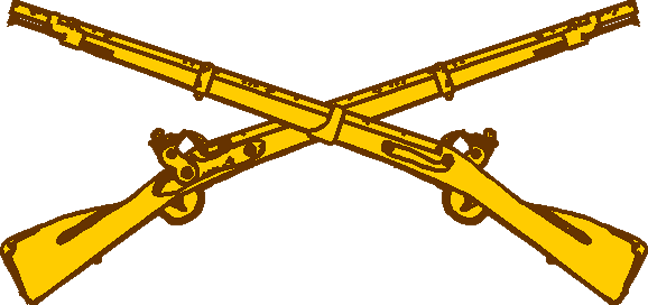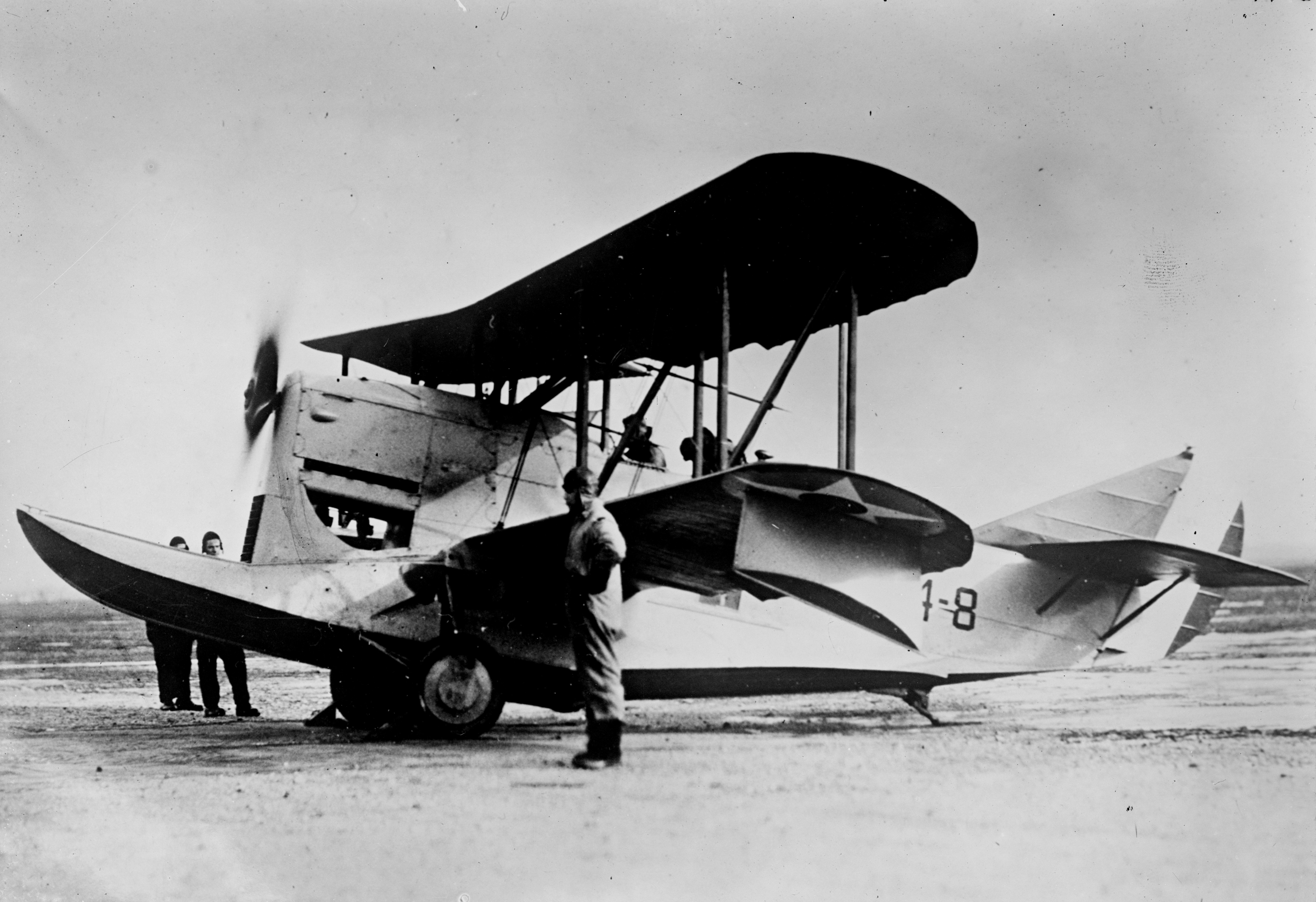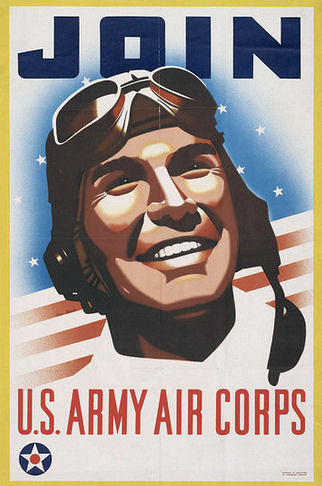|
Herbert A. Dargue
Herbert Arthur "Bert" Dargue (November 17, 1886 – December 12, 1941) was a career officer in the United States Army, reaching the rank of major general in the Army Air Forces. He was a pioneer military aviator and one of the first ten recipients of the Distinguished Flying Cross. Biography Dargue was born in Brooklyn, New York in 1886 and entered the United States Military Academy on June 15, 1907. He graduated on June 13, 1911, and was commissioned a 2nd lieutenant in the Coast Artillery Corps. In March 1913, while stationed in the Philippines, he was trained to fly by 1st Lt. Frank Purdy Lahm, and was detailed to the Aviation Section, U.S. Signal Corps on July 23, 1914, as the sole rated pilot in the Philippines. On December 16, 1914, he flew a Burgess Model I seaplane with 1st Lt. Joseph O. Mauborgne of the Signal Corps as his radio operator, making the first two-way communication by radio telegraphy between a ground station and an airplane in flight. The next month he c ... [...More Info...] [...Related Items...] OR: [Wikipedia] [Google] [Baidu] |
Brooklyn, New York
Brooklyn () is a borough of New York City, coextensive with Kings County, in the U.S. state of New York. Kings County is the most populous county in the State of New York, and the second-most densely populated county in the United States, behind New York County (Manhattan). Brooklyn is also New York City's most populous borough,2010 Gazetteer for New York State United States Census Bureau. Retrieved September 18, 2016. with 2,736,074 residents in 2020. Named after the Dutch village of Breukelen, Brooklyn is located on the western portion of Long Island and shares a border with the borough of Queens. It has several bridge and tunnel connections to the borough of |
Joseph Mauborgne
Joseph Oswald Mauborgne (February 26, 1881 – June 7, 1971) co-invented the one-time pad with Gilbert Vernam of Bell Labs. In 1914 he published the first recorded solution of the Playfair cipher. Mauborgne became a Major General in the United States Army, and from October 1937 to his retirement in 1941 was the Army's 12th Chief Signal Officer, in command of the Signal Corps. Biography Mauborgne was born on February 26, 1881 in New York City to Eugene and Catherine Elizabeth McLaughlin Mauborgne. After graduating in 1901 from the College of Saint Xavier in New York, he studied fine arts until commissioned a 2d Lieutenant, Infantry, in the regular Army in 1903. Stationed in the Philippines several times at several infantry posts, Mauborgne attended the Army Signal School at Fort Leavenworth, Kansas, in 1909-1910, graduating from the Signal Officers Course, followed by a tour of duty in Washington D.C. in the office of Chief Signal Officer Brigadier General George P. Scri ... [...More Info...] [...Related Items...] OR: [Wikipedia] [Google] [Baidu] |
Air Corps Tactical School
The Air Corps Tactical School, also known as ACTS and "the Tactical School", was a military professional development school for officers of the United States Army Air Service and United States Army Air Corps, the first such school in the world. Created in 1920 at Langley Field, Virginia, it relocated to Maxwell Field, Alabama, in July 1931. Instruction at the school was suspended in 1940, anticipating the entry of the United States into World War II, and the school was dissolved shortly after. ACTS was replaced in November 1942 by the Army Air Force School of Applied Tactics. In addition to the training of officers in more than 20 areas of military education, the school became the doctrine development center of the Air Corps, and a preparatory school for Air Corps officers aspiring to attendance at the U.S. Army's Command and General Staff College. The motto of the Air Corps Tactical School was ''Proficimus More Irretenti''—"We Make Progress Unhindered by Custom". The Air ... [...More Info...] [...Related Items...] OR: [Wikipedia] [Google] [Baidu] |
Air Force Magazine
The Air & Space Forces Association (AFA) is an independent, 501(c)(3) non-profit, professional military association for the United States Air Force and United States Space Force. Headquartered in Arlington, Virginia, its declared mission is "to educate the public about air and space power, to advocate for the world's most capable, most lethal, and most effective Air and Space Forces, and to support Airmen, Guardians, and their families." AFA publishes ''Air & Space Forces'' (retitled from ''Air Force Magazine'' in September 2022) and the ''Daily Report''. It also runs the Mitchell Institute for Aerospace Studies and conducts social networking, public outreach, and national conferences and symposia. It sponsors professional development seminars and has an awards program. AFA has a scholarship program for Air Force active duty, Air National Guard, and Air Force Reserve members and their dependents. It also provides grants to promote science and math education at the elementary a ... [...More Info...] [...Related Items...] OR: [Wikipedia] [Google] [Baidu] |
Ira Clarence Eaker
General (Honorary) Ira Clarence Eaker (April 13, 1896 – August 6, 1987) was a general of the United States Army Air Forces during World War II. Eaker, as second-in-command of the prospective Eighth Air Force, was sent to England to form and organize its bomber command. While he struggled to build up airpower in England, the organization of the Army Air Forces evolved and he was named commander of the Eighth Air Force on December 1, 1942. Although his background was in single-engine fighter aircraft, Eaker became the architect of a strategic bombing force that ultimately numbered forty groups of 60 heavy bombers each, supported by a subordinate fighter command of 1,500 aircraft, most of which was in place by the time he relinquished command at the start of 1944. Eaker then took overall command of four Allied air forces based in the Mediterranean Theater of Operations, and by the end of World War II had been named Deputy Commander of the U.S. Army Air Forces. He worked in the ... [...More Info...] [...Related Items...] OR: [Wikipedia] [Google] [Baidu] |
Loening OA-1
The Loening OL, also known as the Loening Amphibian, was an American two-seat amphibious biplane designed by Grover Loening and built by Loening for the United States Army Air Corps and the United States Navy. Design and development First flown in 1923, the OL was a high-performance amphibian with a large single hull and stabilizing floats fitted underneath each lower wing. The landing gear was retractable by use of a hand crank in the cockpit, and the plane was equipped with a tailskid for operations on land. It had a tandem open cockpit for a crew of two. The aircraft could be flown from either cockpit, with a wheel control in the forward cockpit and a removable stick control in the rear. Navigation and engine instruments were located in the forward cockpit. The hull was built of Duralumin on a wooden frame, with five watertight compartments connected through a selector switch to a bilge pump in the rear cockpit. Plugs in the bottom of each compartment permitted drainage on th ... [...More Info...] [...Related Items...] OR: [Wikipedia] [Google] [Baidu] |
West Point
The United States Military Academy (USMA), also known Metonymy, metonymically as West Point or simply as Army, is a United States service academies, United States service academy in West Point, New York. It was originally established as a fort, since it sits on strategic high ground overlooking the Hudson River with a scenic view, north of New York City. It is the oldest of the five American service academies and educates cadets for Commission (document)#United States, commissioning into the United States Army. The academy was founded in 1802, one year after President Thomas Jefferson directed that plans be set in motion to establish it. It was constructed on site of Fort Clinton (West Point), Fort Clinton on West Point overlooking the Hudson, which Colonial General Benedict Arnold conspired to turn over to the British during the American Revolutionary War, Revolutionary War. The entire central campus is a National Historic Landmark, national landmark and home to scores of ... [...More Info...] [...Related Items...] OR: [Wikipedia] [Google] [Baidu] |
Henry H
Henry may refer to: People * Henry (given name) * Henry (surname) * Henry Lau, Canadian singer and musician who performs under the mononym Henry Royalty * Portuguese royalty ** King-Cardinal Henry, King of Portugal ** Henry, Count of Portugal, Henry of Burgundy, Count of Portugal (father of Portugal's first king) ** Prince Henry the Navigator, Infante of Portugal ** Infante Henrique, Duke of Coimbra (born 1949), the sixth in line to Portuguese throne * King of Germany ** Henry the Fowler (876–936), first king of Germany * King of Scots (in name, at least) ** Henry Stuart, Lord Darnley (1545/6–1567), consort of Mary, queen of Scots ** Henry Benedict Stuart, the 'Cardinal Duke of York', brother of Bonnie Prince Charlie, who was hailed by Jacobites as Henry IX * Four kings of Castile: ** Henry I of Castile ** Henry II of Castile ** Henry III of Castile ** Henry IV of Castile * Five kings of France, spelt ''Henri'' in Modern French since the Renaissance to italianize th ... [...More Info...] [...Related Items...] OR: [Wikipedia] [Google] [Baidu] |
Defense Technical Information Center
The Defense Technical Information Center (DTIC, pronounced "Dee-tick") is the repository for research and engineering information for the United States Department of Defense (DoD). DTIC's services are available to DoD personnel, federal government personnel, federal contractors and selected academic institutions. The general public can access unclassified information through its public website. History The DTIC traces its history to the June 1945 formation of the Air Documents Research Center (ADRC), a joint effort of the US Army Air Force, US Navy and Royal Air Force to build a single collection of captured German aeronautical research, based in London. The ADRC was initially tasked with the sorting of the document collection into three broad groups; documents that would assist the war in the Pacific theater, documents of immediate intelligence interest to the United States or British forces and documents of interest for future research. With the ending of the war in 1945, ... [...More Info...] [...Related Items...] OR: [Wikipedia] [Google] [Baidu] |
United States Army Air Corps
The United States Army Air Corps (USAAC) was the aerial warfare service component of the United States Army between 1926 and 1941. After World War I, as early aviation became an increasingly important part of modern warfare, a philosophical rift developed between more traditional ground-based army personnel and those who felt that aircraft were being underutilized and that air operations were being stifled for political reasons unrelated to their effectiveness. The USAAC was renamed from the earlier United States Army Air Service on 2 July 1926, and was part of the larger United States Army. The Air Corps became the United States Army Air Forces (USAAF) on 20 June 1941, giving it greater autonomy from the Army's middle-level command structure. During World War II, although not an administrative echelon, the Air Corps (AC) remained as one of the combat arms of the Army until 1947, when it was legally abolished by legislation establishing the Department of the Air Force. The A ... [...More Info...] [...Related Items...] OR: [Wikipedia] [Google] [Baidu] |
Pancho Villa Expedition
The Pancho Villa Expedition—now known officially in the United States as the Mexican Expedition, but originally referred to as the "Punitive Expedition, U.S. Army"—was a military operation conducted by the United States Army against the paramilitary forces of Mexican revolutionary Francisco "Pancho" Villa from March 14, 1916, to February 7, 1917, during the Mexican Revolution The Mexican Revolution ( es, Revolución Mexicana) was an extended sequence of armed regional conflicts in Mexico from approximately 1910 to 1920. It has been called "the defining event of modern Mexican history". It resulted in the destruction ... of 1910–1920. The expedition was launched in retaliation for Villa's Battle of Columbus (1916), attack on the town of Columbus, New Mexico, and was the most remembered event of the Border War (1910–19), Mexican Border War. The declared objective of the expedition by the Woodrow Wilson, Wilson administration was the capture of Villa.Yockelson, Mit ... [...More Info...] [...Related Items...] OR: [Wikipedia] [Google] [Baidu] |
1st Reconnaissance Squadron
The 1st Reconnaissance Squadron is a United States Air Force squadron, assigned to the 9th Operations Group, Beale Air Force Base, California. The 1st Reconnaissance Squadron is the United States military's oldest flying unit, first established on 5 March 1913. The squadron has maintained an unbroken heritage of over a century from its founding. Originally organized in anticipation of a potential breach in security along the border between the United States and Mexico, General John J. Pershing directed the 1st Aero Squadron to become the first tactical aviation unit to participate in American military action. The 1st RS has flown 47 different aircraft while being stationed worldwide at 52 locations, including 4 stints at sea. Since 1922 the 1st Squadron has been associated with the 9th Bomb Group and the USAF 9th Reconnaissance Wing, where it continues to be an active flying training unit operating the Lockheed U-2 and the RQ-4 Global Hawk surveillance aircraft. Overview Th ... [...More Info...] [...Related Items...] OR: [Wikipedia] [Google] [Baidu] |




.jpg)

